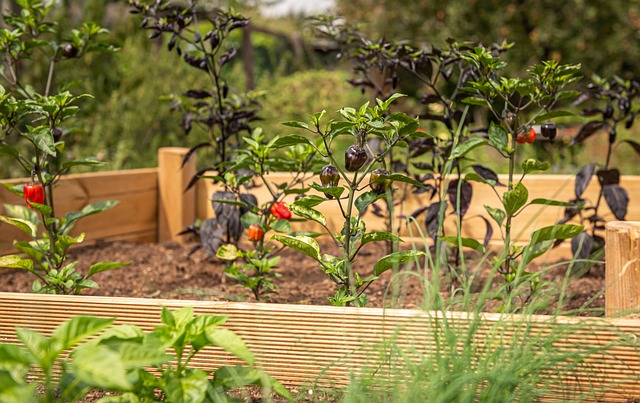471
10 tips for a successful raised garden bed:
- Choose the right location: Find a spot that gets plenty of sunlight and has good drainage. Most vegetables and flowers need at least 6 hours of direct sunlight per day.
- Plan your garden layout: Decide what you want to grow and how much space you need for each plant. This will help you determine the size and shape of your raised bed.
- Build a sturdy bed: Use rot-resistant wood, such as cedar or redwood, to build your raised bed. Make sure the sides are at least 6 to 8 inches tall to allow for proper root development.
- Add a barrier: If you have wildlife or pets, consider adding a protective barrier around your raised bed, such as chicken wire or a small fence.
- Fill with the right soil: Use a high-quality, well-draining soil mix specifically made for raised beds. Do not use topsoil or garden soil as they may contain weed seeds and compact easily.
- Consider irrigation: Installing a simple irrigation system, such as a soaker hose, can help save time and effort, and ensure that your plants get the water they need.
- Fertilize regularly: Adding compost or fertilizer to your soil can help your plants grow strong and healthy.
- Control weeds: Keep weeds at bay by using mulch, such as bark chips or straw, on top of the soil.
- Provide support: For tall plants, like tomatoes, provide support such as stakes or a cage to prevent them from falling over.
- Maintenance: Regularly check your raised bed for pests, diseases, and any other issues. Keep the soil moist, but not waterlogged, and remove any dead or yellowing leaves to promote healthy growth.
I hope these tips help you with your raised garden bed!


